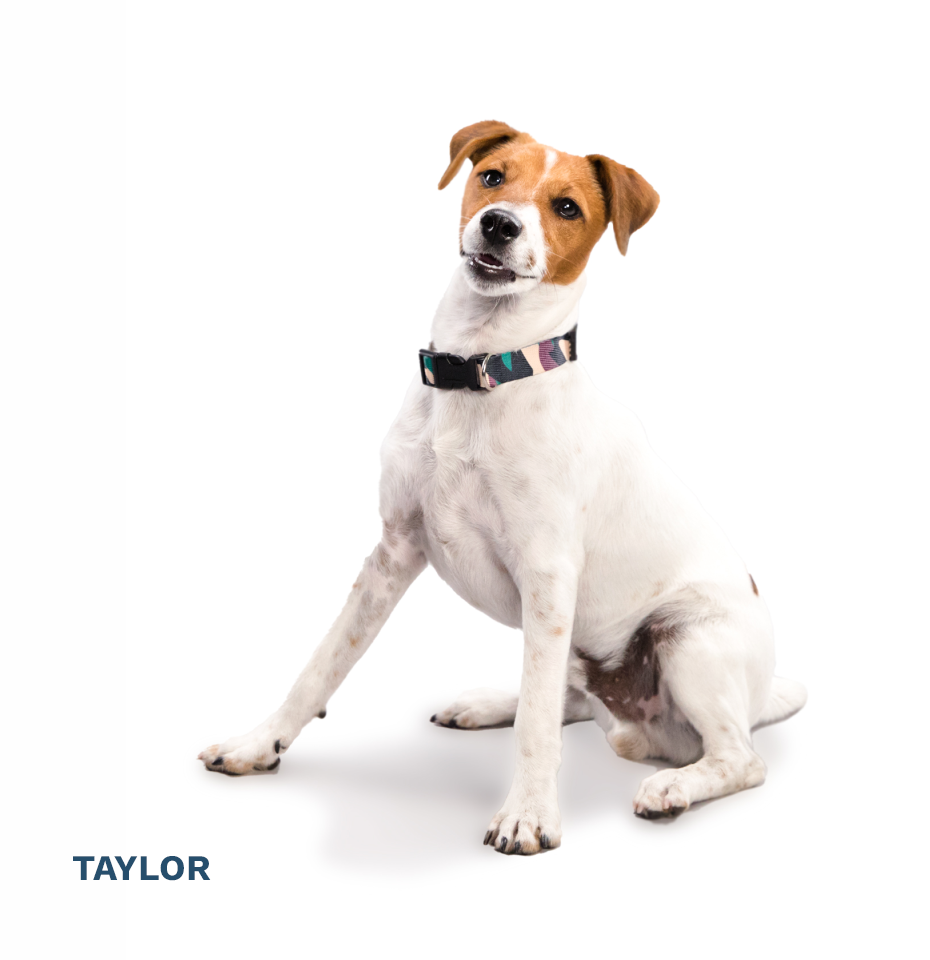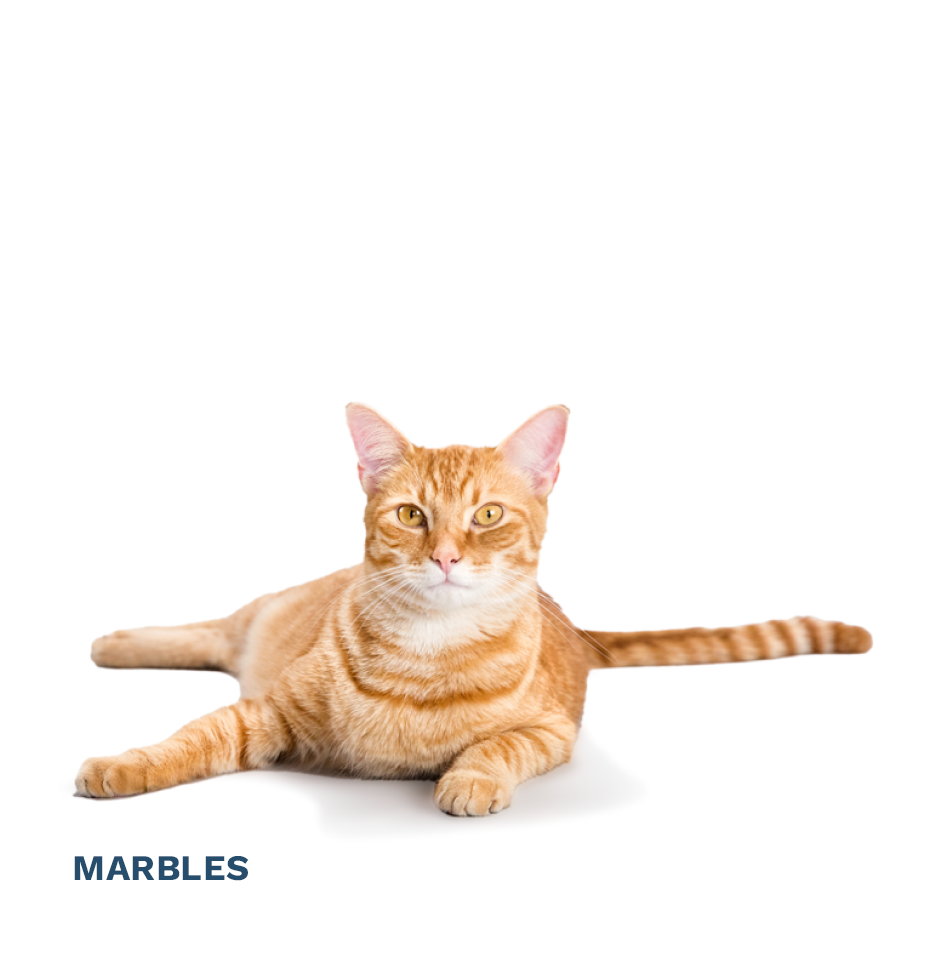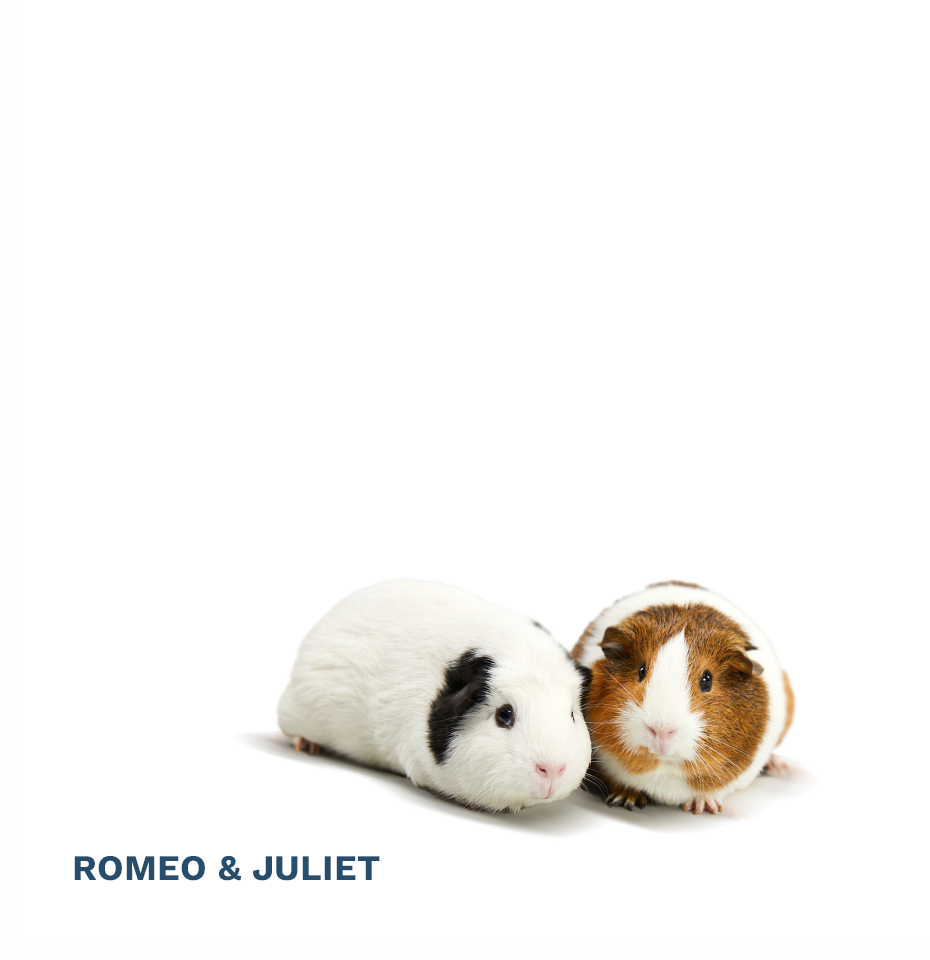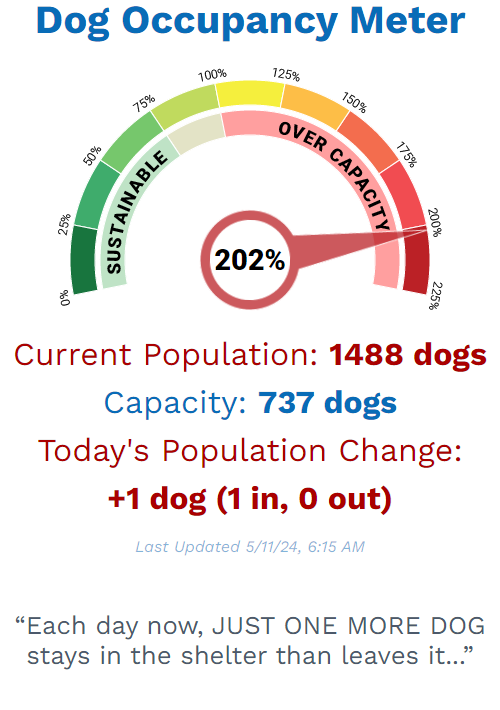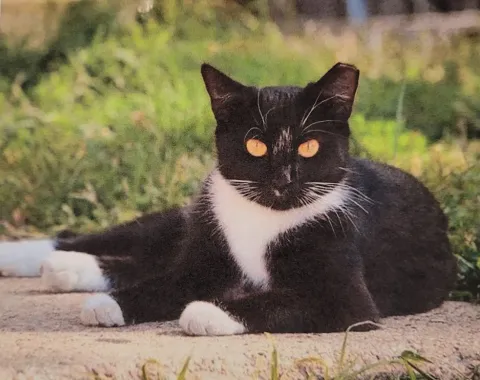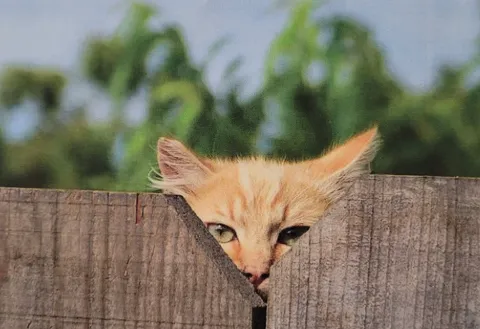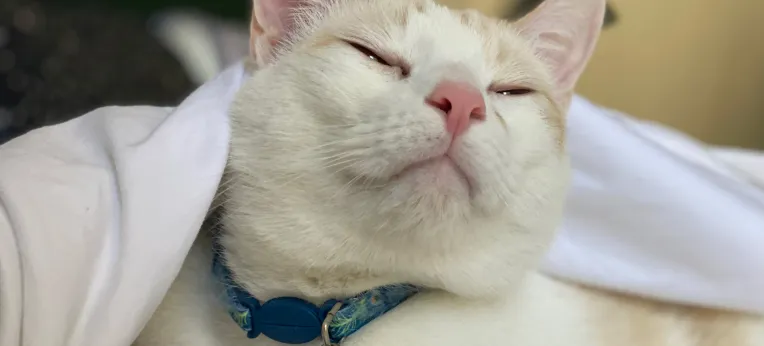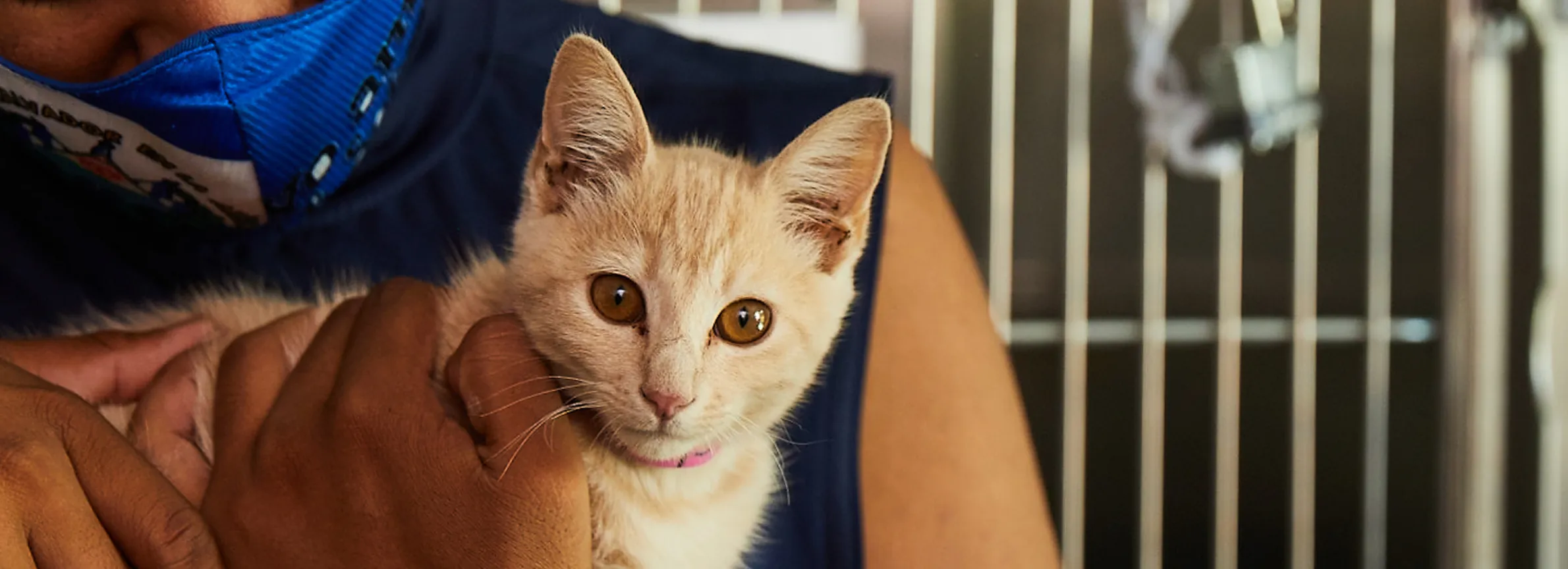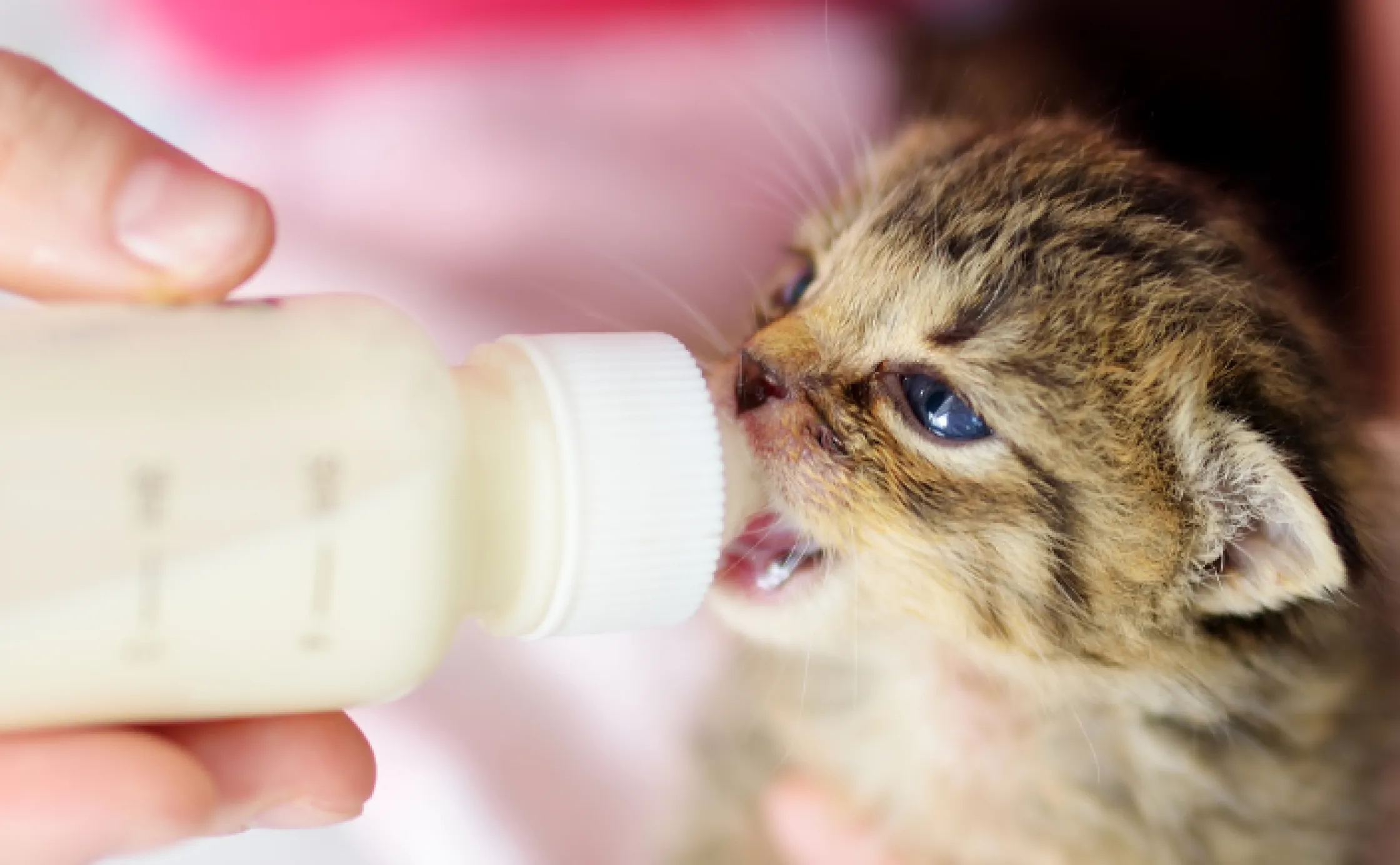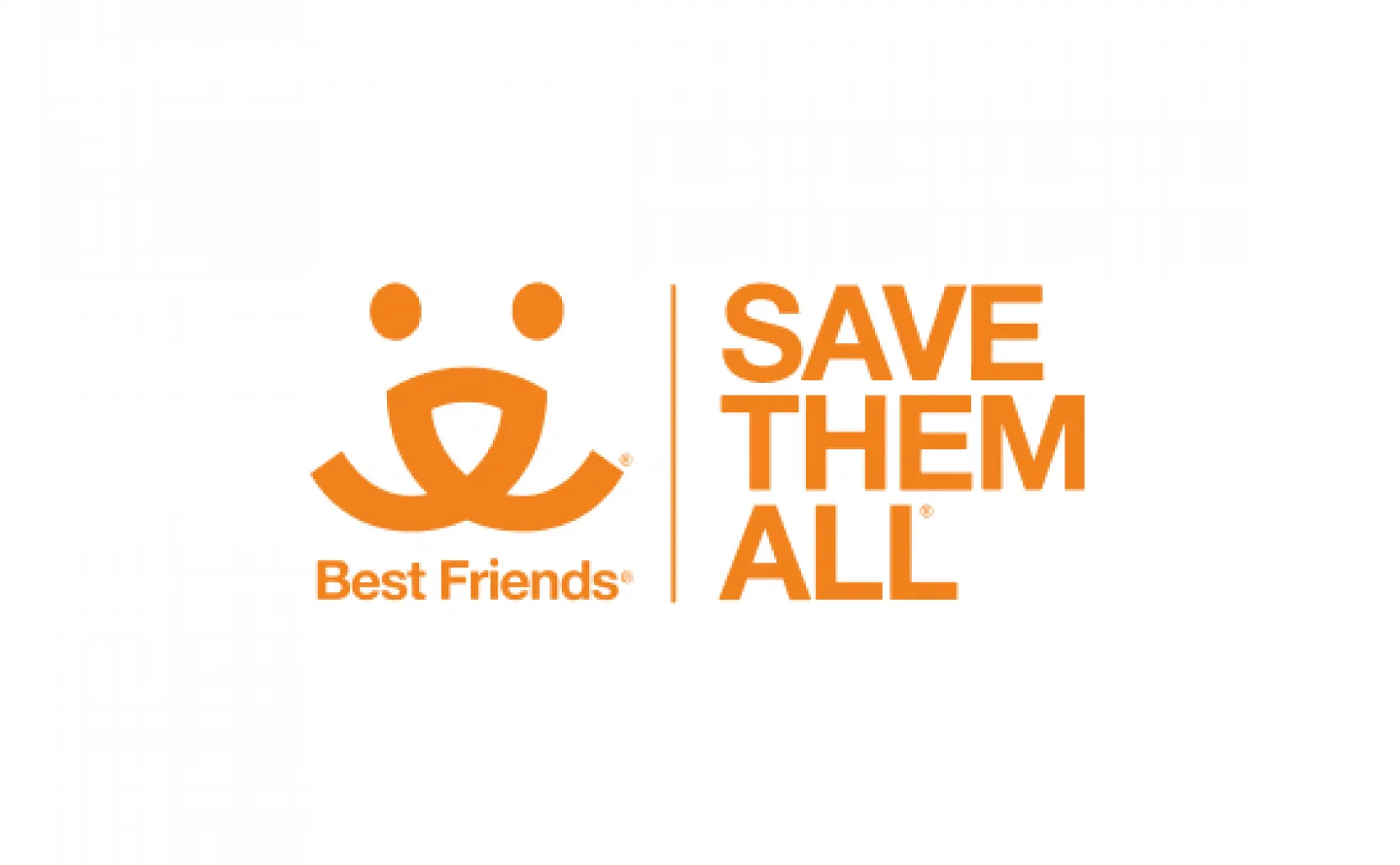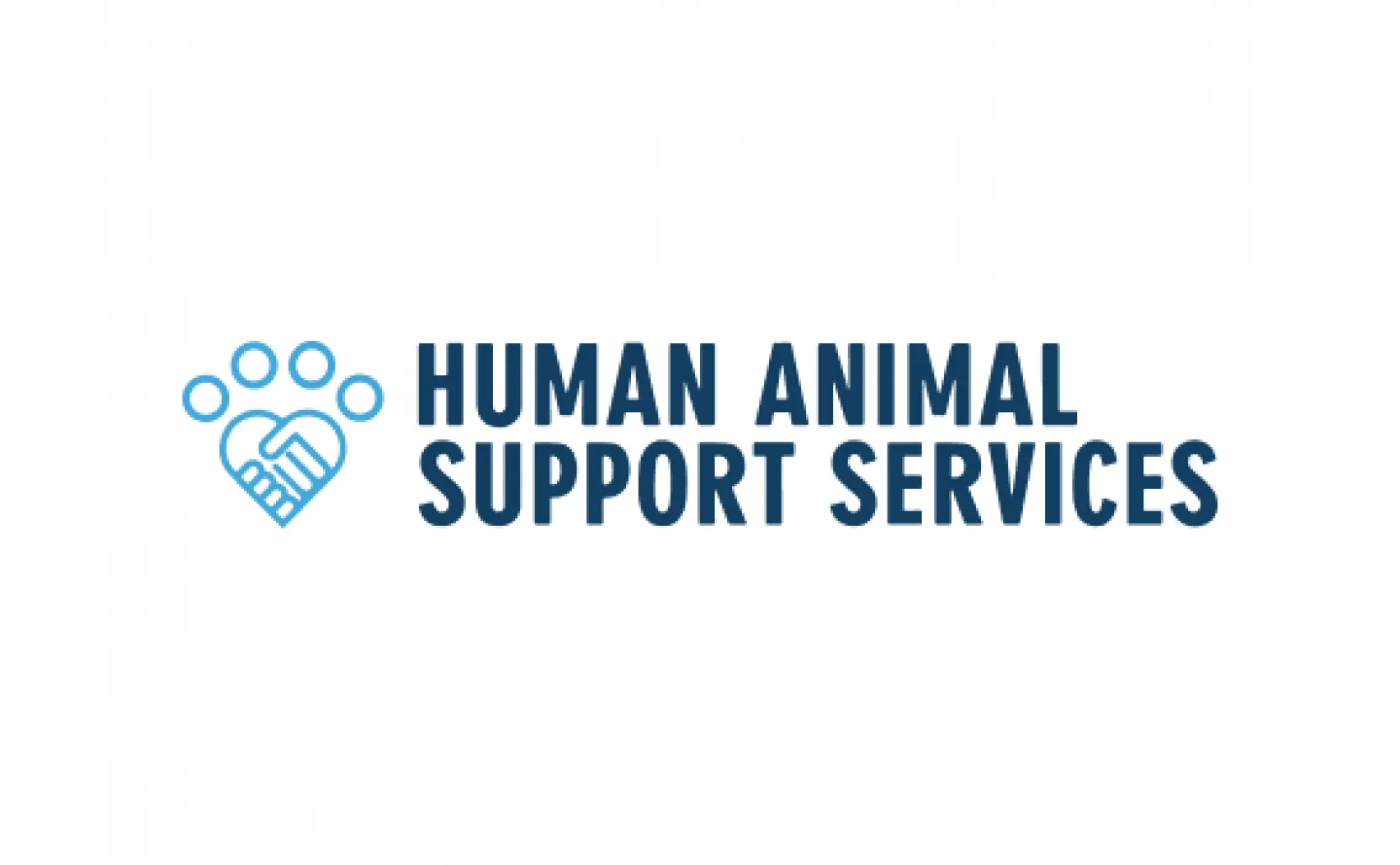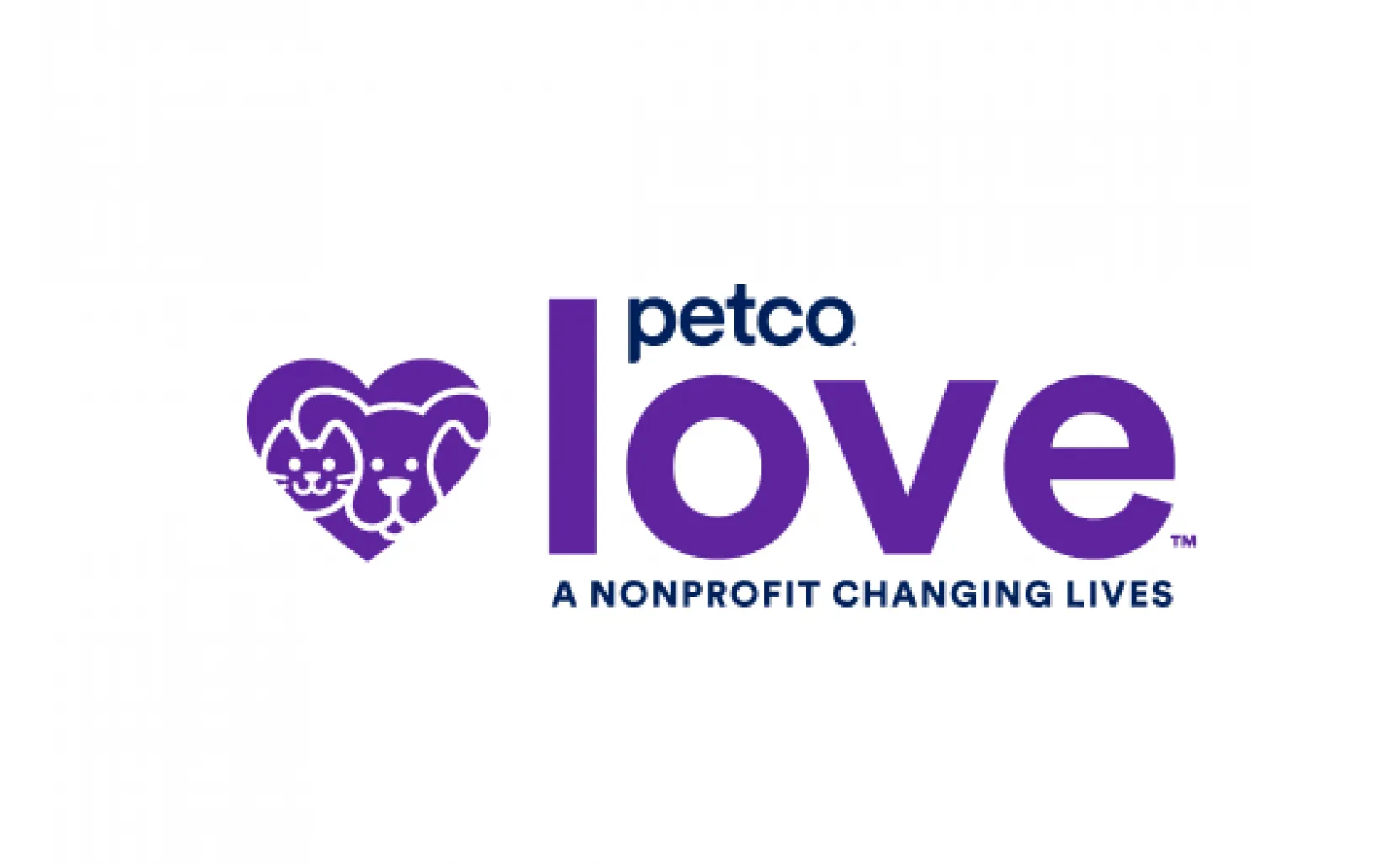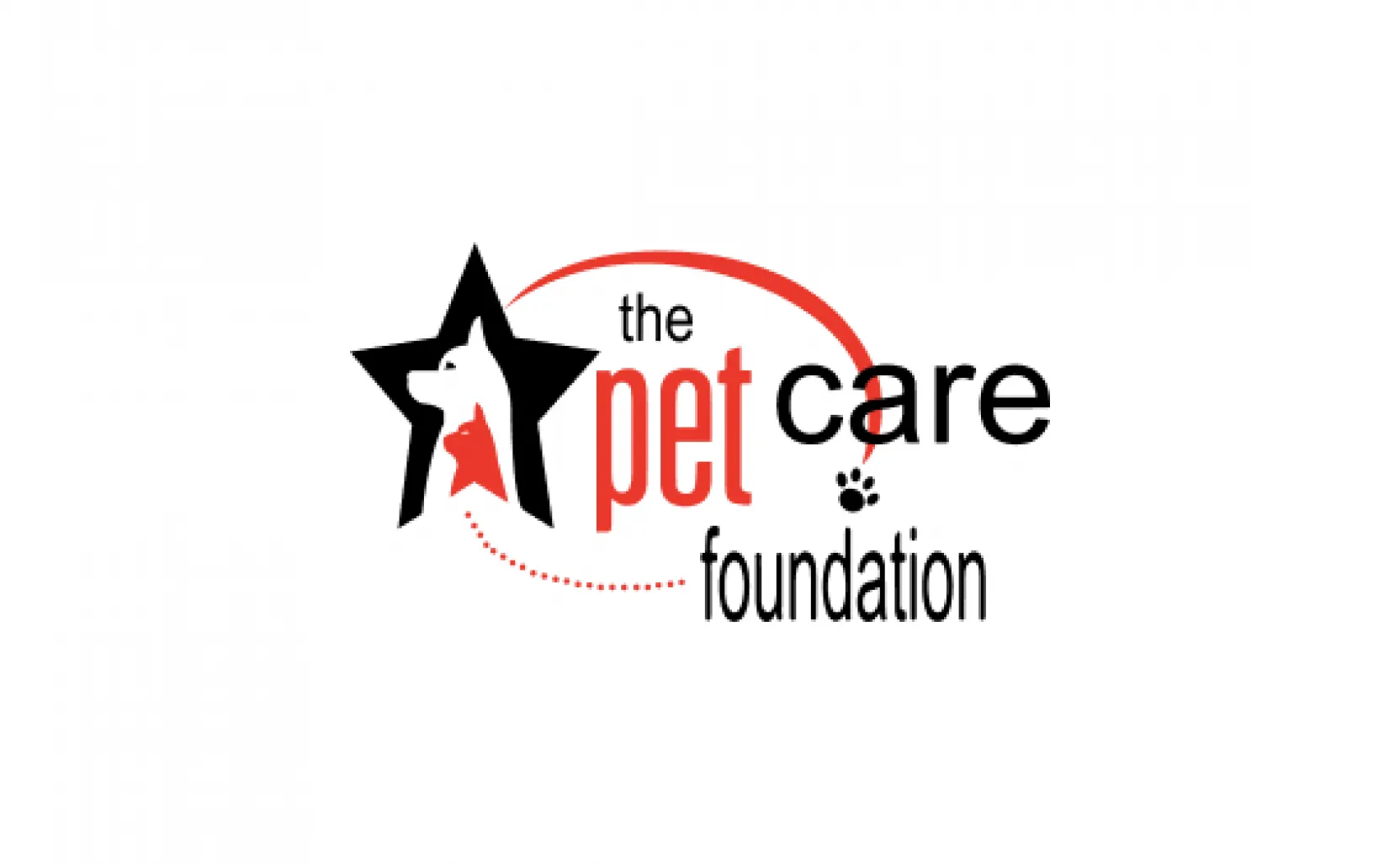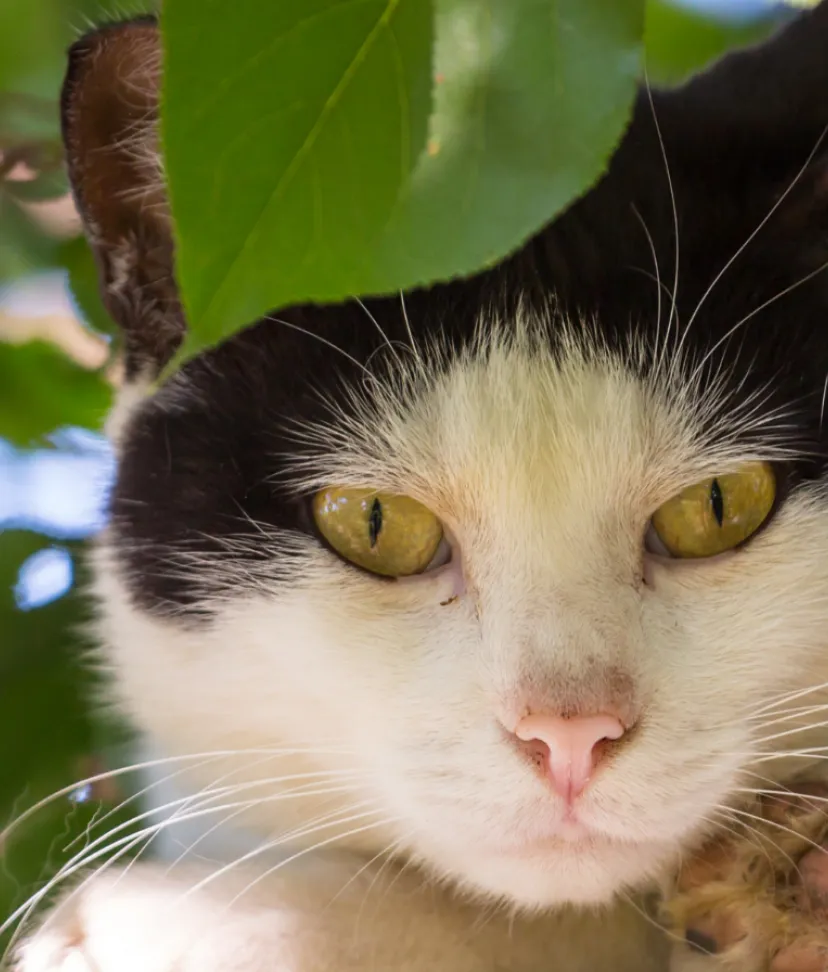
Citywide Cat Program
There is an estimated number of 960,000 unowned “community cats” in the City of Los Angeles. Caring for free-roaming cats, while working to stabilize and reduce their numbers, is one of the most complex issues facing animal shelters today. It’s one that leading animal welfare organizations, veterinarians, and researchers have developed progressive solutions to address.
On December 9, 2020, the Los Angeles City Council approved the Citywide Cat Program (CCP) to reduce the population of community cats in the City, and in February 2022, the City of Los Angeles Board of Animal Services Commissioners adopted the rules and regulations applicable to the trapping of cats pursuant to a trapping permit issued by the Department of Animal Services.
By engaging individuals and community organizations to humanely trap community cats, spay and neuter them, and then return the sterilized cats back to their outdoor homes — where they were found — will reduce the number of unowned, stray cats in our streets and shelters.
Access the Citywide Cat Program Portal to manage your vouchers and account. New users can apply for the program by following the link below, registering for an Angeleno Account, and then signing into the Citywide Cat Program Portal.

You can help us spread the word about the Citywide Cat Program.
- Download and print the flyer to share. Haga clic aquí para ver el folleto en español.
- Post graphic on your social media and share with your network.
What is the Citywide Cat Program?
The Citywide Cat Program provides individuals and community groups with resources to spay and neuter community cats in the City of Los Angeles. The program includes education and outreach efforts, and trap-neuter-return (TNR), which humanely traps community cats, spays or neuters and vaccinates them, and returns the sterilized, now healthier, cat back to their natural outdoor home. These sterilized cats will no longer be able to produce litters, causing the number of unowned community stray cats on our streets and backyards to decrease over time.
LA Animal Services joins animal welfare organizations and municipal shelters across the country in cities like Cincinnati, Dallas, San Diego, and many more who believe in working together with our community to help community cats have longer, happier lives by helping to provide access to spay and neuter, medical care, cat food assistance, and more!
Community cats are the stray cats who prefer to live outdoors rather than inside homes. Community cats are not socialized or used to being confined and are unlikely to get adopted and may remain as long term shelter guests since many of them are not domesticated.
The Citywide Cat Program allocates funding for the surgical sterilization of 20,000 community cats annually, which is above those funds already designated for residents’ pets. Through the program:
- Cats are caught humanely, evaluated by veterinarians, sterilized, vaccinated, and returned to their original location.
- The number of cats that a household can adopt or care for increases from three cats to five indoor sterilized cats.
Prior to the approval and implementation of the Citywide Cat Program, the Final Environmental Impact Report (EIR) was prepared by the City of Los Angeles, Department of Public Works, Bureau of Engineering to assess the potential environmental impacts that could result from the implementation of the proposed Citywide Cat Program in Los Angeles.
Community cat programs are endorsed by leading national animal welfare organizations, including the National Animal Control Association, Million Cat Challenge, Best Friends Animal Society, the Humane Society of the United States, the ASPCA, American Pets Alive!, and others.
Benefits of Spaying/Neutering Community Cats
- Prevents unwanted litters
- Decreases the number of cats needlessly being euthanized in shelters
- Helps improve the health of outdoor cats
- Reduces nuisance behaviors like spraying, fighting, howling, and roaming
- Saves taxpayer dollars by keeping cats out of municipal shelters
Need help with nuisance cats? We can help – our knowledgeable team has creative and effective solutions for managing unwanted behaviors. If you see or care for outdoor cats, please 888-452-7381.
How You Can Support Community Cats to Have Healthier Lives
Monetary Donations
Help us continue saving lives by making a donation today. Our Citywide Cat Program is just one of the many ways LA Animal Services is helping to keep animals in our community healthy. By providing outdoor cats with spay/neuter services, we are lowering the risk of disease and the population of homeless cats and kittens, who end up in our shelters.
Distribute Flyers
Getting the word out about participating in the Citywide Cat Program and TNR, which is the most effective way to save more lives in our community. You can help us by downloading this flyer to share on your social media accounts and to post around your neighborhood. Download Citywide Cat Flyer (PDF) to share on Social Media (JPEG).
Volunteer Opportunities
LA Animal Services relies heavily on volunteer support. We have volunteer opportunities ranging from hands-on fieldwork to administrative needs. Every volunteer position is key to the success of this and other programs. If you are interested in any of these volunteer opportunities, please email ani.volunteer@lacity.org with questions or to get started
Community cats are free-roaming, unowned cats who live outdoors -- in our neighborhoods, around the places we work, go to school, and even areas we drive or walk past every day! Community cats, also called feral cats, are generally not socialized nor are they friendly to people. They live full, healthy lives with their feline families in their outdoor homes.
Trap-Neuter-Return (TNR) has been shown to be the most humane, efficient way of stabilizing community cat populations, helping both the free-roaming cats and the communities where they live. LA Animal Services believes that the Citywide Cat Program, which is referred to Community Cat Programs in other cities, is the most effective and humane model of free-roaming cat management:
- Effective and humane. Community cat programs are the most effective and humane model of free-roaming cat management.
- Collaborative and community-centered. Community cat programs include collaborative, community-based initiatives such as Trap-Neuter-Return (TNR), Return-to-Home (RTH), proactive community outreach, and alternative placement programs for cats who cannot be safely returned to where they were found.
- Promote healthy communities. Sterilization and vaccination improves the lives of cats, humanely reduces the outdoor cat population over time, protects human health, and reduces public nuisance complaints. Even in communities with high rates of lifesaving, community cat programs advances feline welfare and benefits residents. By sterilizing at least 75% of cats in a group within a six-month period (and continuing to sterilize at least 75% of the remaining intact cats), TNR helps stabilize the population of community cats and, over time, reduce the number of cats.
- Keep families together. Returning all healthy, thriving outdoor adult cats, regardless of temperament, to the location they were found provides the greatest opportunity for reunification between pets and people, helping to keep families together.
- Build better shelters. Community cat programs reduce shelter overcrowding, disease, and euthanasia and enable shelters to reallocate resources to proactive lifesaving measures throughout the community.
Endorsed by the animal welfare movement. Community cat programming is endorsed by leading national animal welfare organizations, including the National Animal Control Association, Million Cat Challenge, Best Friends Animal Society, the Humane Society of the United States, the ASPCA, American Pets Alive!, and others.
- Apply for the program by registering for an Angeleno account and signing into the CCP portal
- Through your Angeleno Account, you may access key CCP documents from LA Animal Services that include guidelines, rules/regulations:
- View video on how to humanely trap a cat:
- For assistance with trapping, contact one of the participating organizations listed here.
- Make an appointment at participating spay/neuter clinics that will spay/neuter the free-roaming cat
- Log into into voucher portal, and receive spay/neuter vouchers for free-roaming cats
- After spay/neuter surgery, cat is returned to participant, who returns cat to location where it was trapped
Note: If you are looking to spay/neuter an owned cat (not a free-roaming cat), click here.
Abandoned/Lost – a customarily indoor cat who is found outside, due to being abandoned or lost, but is not acclimated to living outdoors as evidenced by its overall poor condition or anecdotal evidence provided by a person with credible knowledge of the cat’s current or former owned status.
Caregiver – any person who provides care, including food, shelter, or medical care to community cats or has temporary custody of community cats.
Colony – A word historically used in reference to enslaved people and other colonized people, and also used to describe a group of cats that congregate together. Instead of “colony,” we suggest: a group of cats, family, clowder, or cluster.
Community Cat Program (CCP): any program that involves the collection of community cats for sterilization, vaccination, ear-tipping, and the return of those cats to the same area in which they were found. CCP may include TNR, TNVR, SNR, RTF, RTH, and other lifesaving programs for outdoor cats.
Eartip – An eartip is the universally recognized symbol of a cat who has been spayed or neutered and vaccinated. While the cat is under anesthesia for spay or neuter surgery the top 3/8 inch of the left ear is removed in a straight line, removing the tip. Some organizations may tip the right ear, or notch an ear. However, the left eartip is the universal symbol and uniformity in this practice is encouraged.
Feral – a cat that is not exhibiting behavior indicating the cat is socialized to humans and is resistant to or avoids contact with humans.
Feral versus Friendly. Early community cat programs often made outcome decisions for cats based on a “feral” or “friendly” categorization. Progressive community cat programs no longer lean on this separation, recognizing both that the determination of a cats level of socialization with humans is difficult to assess on intake to a shelter, and that where a cat lies on a feral to friendly behavior scale is not indicative of that cat being at home in the location where the cat was found. Further, behavior and temperament may change over time and circumstance.
Free Roaming – Any cat who is outdoors and not confined, regardless of ownership.
Friendly – a cat that solicits attention from people,including but not limited to rubbing against legs, holding tail erect, may allow petting and being picked up. These behaviors are also characteristics of a community cat. Friendly behaviors do not compel a cat to be designated as Stray or a Lost Pet and taken into an animal shelter or rescue.
HQHVSN (High-Quality-High-Volume-Spay-Neuter) – In HQHVSN, protocols, staffing, and workflow are optimized to provide safe and efficient spay–neuter services.
SNR, RTF (Shelter Neuter Return / Return To Home) – A shelter-based variant of TNR in which cats arrive at a shelter, typically for surrender or impound, but are instead returned to their original location after sterilization/medical services.
Stray Cat – any cat unattended off the premises of its owner; a cat who has “strayed” or gone “astray”. Stray is commonly used to mean an owned cat who is suspected to have been abandoned or one who is lost and is without a caregiver, as well as to mean unowned or homeless. Given that many cats who are picked up and turned into shelters as “strays” may actually be owned or otherwise attached to a person, not lost or abandoned, labeling such cats as “stray” may be harmful to those people. Given the multiple interpretations and inaccuracy of the term, use a more descriptive term such as free-roaming, loose, lost, or similar to describe the situation the cat is in.
TNR, TNVR (Trap Neuter Return, or Trap Neuter Vaccinate Return) – With trap-neuter-return, cats are caught in humane traps for the purpose of having those cats sterilized, vaccinated, ear-tipped and returned where they were found to live. The goal of TNR is to humanely manage community cats, preventing the cats from breeding and the population from increasing. The R refers to return and not release. Return emphasises cats are placed back in the same location where they were found. Release can be interpreted as releasing cats to any location or releasing cats to an organization for adoption.
Working Cats are cats who cannot be returned to their original home, are unsuited for traditional adoption, and are adopted out to new outdoor homes in neighborhoods or barns, ranches, stores, farms, warehouses, etc. Typically, pest control is the attractive feature for adopters of these cats, but many adopt them as outdoor pets, as well.
What we know:
- Cats lose their lives in US shelters each year.
- Cats entering shelters are reclaimed by owners less than 5% of the time.
- Cats have medical and wellness needs specific to their species and are particularly vulnerable to illness and disease when stressed or injured.
The HASS model of community-centered animal sheltering extends services to both animals and people, cultivating greater engagement with the communities. The old practice of removing cats from their homes and habitats is replaced with providing cats, and the people who care for them, effective and humane services. Community-centered HASS services that allow cats to remain in their communities in every case possible, reserving shelter intake for cats and kittens who truly need to enter the shelter to receive medical care or other lifesaving services.
HASS supports the following practices for community management of cats:
- Targeted, high-volume Trap-Neuter-Return (TNR)
- Shelter-Neuter-Return (SNR, Return to Field/RTF, Return to Home/RTH) as the primary mechanism for achieving live outcome for all cats. Cats eligible for community return programs are those without identification who are found outdoors, regardless of temperament, who are evaluated and determined to be thriving.
- Evaluation of kittens to determine if they are healthy, thriving, and self reliant. Return of healthy, thriving, and self reliant kittens when necessary in organizations where intake, care, and placement are not viable due to financial, time, or other constraints.
- Return of friendly cats to the neighborhood where they were found which offers the greatest chance of reunification if the cat is owned, or to (often multiple) caretakers with deep bonds to the animal.
- Organizations operate within the confines of current local laws and contracts but work to make changes to support management of cats in the community
These practices respect the unique needs of cats, lead to the greatest opportunity for reunification with families, and keep pets and families together by ending the removal of outdoor pets from marginalized communities. With clear, supporting research illustrating these practices are in the best interest of cats, the below members of HASS stand in support of these data-driven, humane, community cat initiatives and the organizations across the world that embrace them.
Isn’t releasing cats into the community considered abandonment?
Abandonment laws, defined by intentionally, knowingly, recklessly, or with criminal negligence leaving an animal behind, do not apply to community cat practices. Much like returning wildlife to their habitat, returning community cats to their outdoor homes should not be construed as legal, nor ethical, abandonment. Community cats live outdoors and have been living outdoors throughout time. Return-to-Home returns thriving, healthy cats back to their outdoor homes and to the people caring for them. Before being returned, cats are individually evaluated to determine if they are not appropriate for return due to health, age, or other circumstances. It is a misconception that since a caregiver is not identified by name that one does not exist. Signs of caregiving are often evident, such as food bowls. With our community-focused approach, CCP also assures that beneficial resources are available in the neighborhood, e.g.providing caregiver support via food pantries, future medical support for the cats, and weather appropriate shelter/housing donations as needed.
I understand releasing ‘feral’ cats, but why would you release a friendly cat who could otherwise be adopted?
A cat’s temperament has no bearing on their ability to thrive outdoors, nor is it an indicator that she’s lost or has been abandoned. Friendly cats impounded by a shelter are often indoor/outdoor cats or outdoor pets separated from their families when removed from their neighborhood. Impoundment reduces the likelihood of a cat being reunited with their people. Returning healthy free-roaming cats, regardless of temperament, is their best chance of reunification with 10-50 times greater success than traditional Return-to-Owner (RTO). Indiscriminate impoundment can be unnecessary, ineffective, detrimental to cats, and to their families – particularly poor communities where only 40% of residents in the lowest income bracket are reunited with lost cats. Read more about returning friendly cats here and view supporting information from Million Cat Challenge.
Are you saying that no cats should come into the shelter?
Every cat’s health and safety is individually assessed before return. Abandoned, lost, sick, injured cats, those whose return locations have exigent risks, owner surrendered cats, and social kittens are admitted for traditional shelter services. By returning all other cats to their outdoor homes, shelters have room for, and are better able to serve the cats who truly need a safety net. Read the HASS Pathway Planning and Stray Cat Decision Tree and Million Cat Challenge Pathway Planning for more information on how to implement practical decision-making processes in your organization.
Should healthy kittens be returned to the community, too?
As kittens are newly introduced to the environment and not yet fully integrated into the neighborhood, and cats that are not yet fully grown might struggle with the physical demands of outdoor life, all efforts are made to fast-track kittens under six months to adoption, based on age and sociability. In some cases, it is in the best interest of kittens under six months to be returned as well: when they are appropriately aged, self-reliant, and healthy, kittens should be returned if shelter capacity and resources are depleted, if kittens are unlikely to be socialized, or if intake would result in increased shelter euthanasia. Read the HASS Kitten Evaluation Guide for SNR Guide, HASS Kitten Rabies Vaccine Guide, and more detailed kitten information here.
Aren’t community cat programs a way to get out of your responsibility to care for cats?
Shelters can increase proactive services like TNR and provide better quality of care to cats that need more extensive services, when not overburdened with impounded cats removed from the outdoor homes they have been thriving in. Community cats get the care best suited for them, while admitted cats may enjoy benefits of increased staff time, additional programming, shorter lengths of stay, and less stress and illness inside the shelter. The decision to return healthy community cats (or to not bring them into the shelter) was made after careful consideration of current research, data, and best practices.
In some places, community cats pose a nuisance, making loud noises and spraying. How do community cat programs address these real problems?
While indiscriminate removal of free-roaming cats is not effective in mitigating complaints, CCP is consistently shown to reduce nuisance behaviors and lower populations over time. CCP also increases community support through the shelter’s outreach programs and resource provisions, building stronger and ongoing relationships with all residents, including those experiencing nuisance concerns. For more information and cat deterrent tips, see the HASS How To Talk To The Public About Free-Roaming Cats Guide.
What are the impacts on wildlife of releasing cats into the community?
With fewer cats born outside due to robust sterilization of community cats, and kittens removed for adoption, the free-roaming cat population declines over time and thus, potential impact to wildlife is reduced. Conversely, studies have shown that lethal control or removal methods may lead to an increased population of other non-native species with an even more detrimental effect,.
Do cats need to have a known caregiver to be considered for community cat placement?
The overall health and body condition of the cat, as evaluated by trained staff, is sufficient anecdotal evidence that the cat is obtaining adequate nourishment in their environment. Many caregivers ‘operate in the shadows’ or are simply residents who put food out when the cat shows up. Not knowing their names and contact information does not mean caregivers do not exist. Feeding stations are often hidden from plain sight or evidence of feeding can be seen but not the feeder. Experience tells us cats often have multiple caregivers and multiple food sources. An unknown caregiver may be identified at a later date as we engage the community and build trust with the caregivers, which supports our position of not having to know who the caregiver is prior to returning the cat.
Can cats from hoarding cases be released back to where they lived?
Cats from hoarding cases or other unhealthy/unsustainable living situations are amongst the cats who should be considered for traditional intake, using a managed admission system which triages the most urgent cats and incorporates human health services for a holistic approach to serve both the cats and human/s affected in the most productive and humane manner. It may be appropriate to return some outdoor cats from hoarding situations, as carefully determined on a case-by-case basis with appropriate and ongoing support. Cats unsuited for traditional adoption, but who cannot be returned to their home in this case, are excellent candidates for adoption as working cats.
Citywide Cat Program Final Environmental Impact Report (EIR)
The City of Los Angeles has prepared the Final Environmental Impact Report (EIR) for the Citywide Cat Program. The Final EIR includes the revised proposed Project description (Chapter 1), comments received on the Draft EIR during the public review period and public meeting along with the City’s response to these comments (Chapter 2), and technical modifications and revisions to the Draft EIR (Chapter 3), along with the revised Appendices.
The City of Los Angeles has prepared the Final Environmental Impact Report (EIR) for the Citywide Cat Program. The Final EIR includes the revised proposed Project description (Chapter 1), comments received on the Draft EIR during the public review period and public meeting along with the City’s response to these comments (Chapter 2), and technical modifications and revisions to the Draft EIR (Chapter 3), along with the revised Appendices.
- The Final Citywide Community Cat Program EIR may be viewed on the Bureau of Engineering website: https://eng.lacity.org/citywide-cat-program-e1907610. or you may download the complete Citywide Cat Program EIR by clicking here.
- LA Animal Services filed a Notice of Exemption with the LA County Registrar-Recorder/County Clerk. View the filing here and type the filing number 2022055340 in the ‘search’ field. If you have problems with the hyperlink, copy and paste the following on your web browser: https://apps.lavote.net/CEQA/Search/Results#res.

